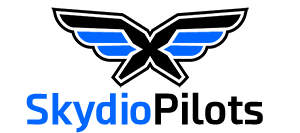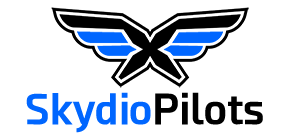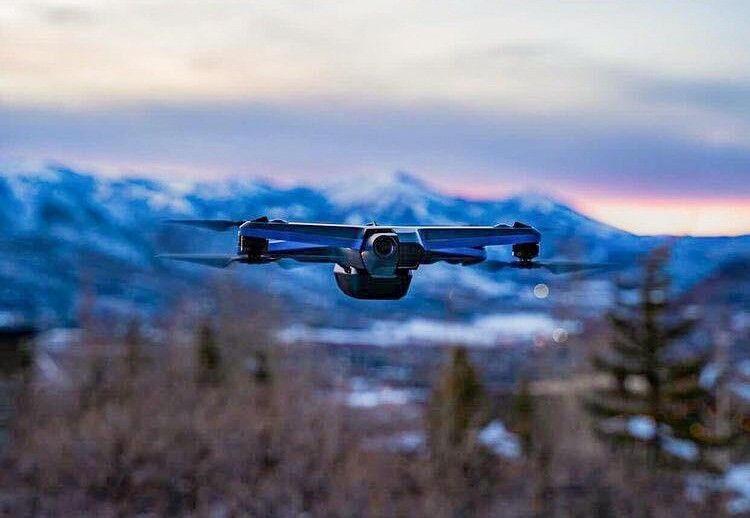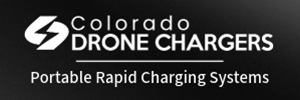- Joined
- Mar 14, 2023
- Messages
- 7
- Reaction score
- 2
I’ve been freeriding with Skydio 2 and use the beacon accessory. My problem is that while I get the drone to follow me (I use fixed track), it doesn’t follow me down the slope. I.e. it tracks and flies with me but keeps the same altitude, meaning that the distance grows very quickly if I’m going down a steep slope. I will initially put it say 5 yards behind and 5 yards above, but after a minute of going down it will be 5 yards behind and 50 yards above which isn’t great.
How can I get the drone to drop altitude with me so that the tracking distance remains fixed? Anything that I’m doing wrong?
How can I get the drone to drop altitude with me so that the tracking distance remains fixed? Anything that I’m doing wrong?
Last edited:




